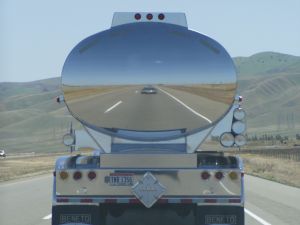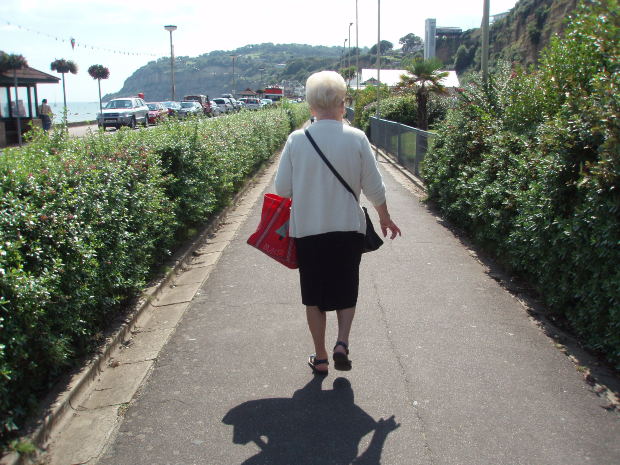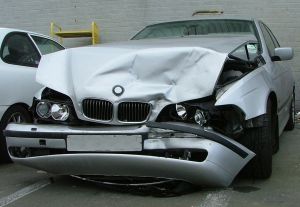In State ex rel. Turner Constr. Co. v. Indus. Commission, a workers’ compensation case from the Supreme Court of Ohio, claimant filed for benefits in connection with four on-the-job injuries. State ex rel. Those injuries occurred in early 1992, June 2005, October 2005, and July 2007. This appeal was filed in relation to claimant’s 2007 on-the-job injury.
 In 2007, claimant was employed as a bricklayer when he suffered a thoracic injury and a depressive disorder related to the single incident. In 2011, claimant applied for a permanent total disability rating. Claimant included a report from his treating physician featuring an opinion claimant was suffering from permanent disability due alone to his psychiatric illness related to the 2007 injury. The workers’ compensation commission hired an independent physician to evaluate claimant, and this doctor agreed with claimant’s treating physician that claimant was not able to work due solely to his psychiatric condition caused by the 2007 accident.
In 2007, claimant was employed as a bricklayer when he suffered a thoracic injury and a depressive disorder related to the single incident. In 2011, claimant applied for a permanent total disability rating. Claimant included a report from his treating physician featuring an opinion claimant was suffering from permanent disability due alone to his psychiatric illness related to the 2007 injury. The workers’ compensation commission hired an independent physician to evaluate claimant, and this doctor agreed with claimant’s treating physician that claimant was not able to work due solely to his psychiatric condition caused by the 2007 accident.
Continue reading
 Massachusetts Workers Compensation Lawyers Blog
Massachusetts Workers Compensation Lawyers Blog











